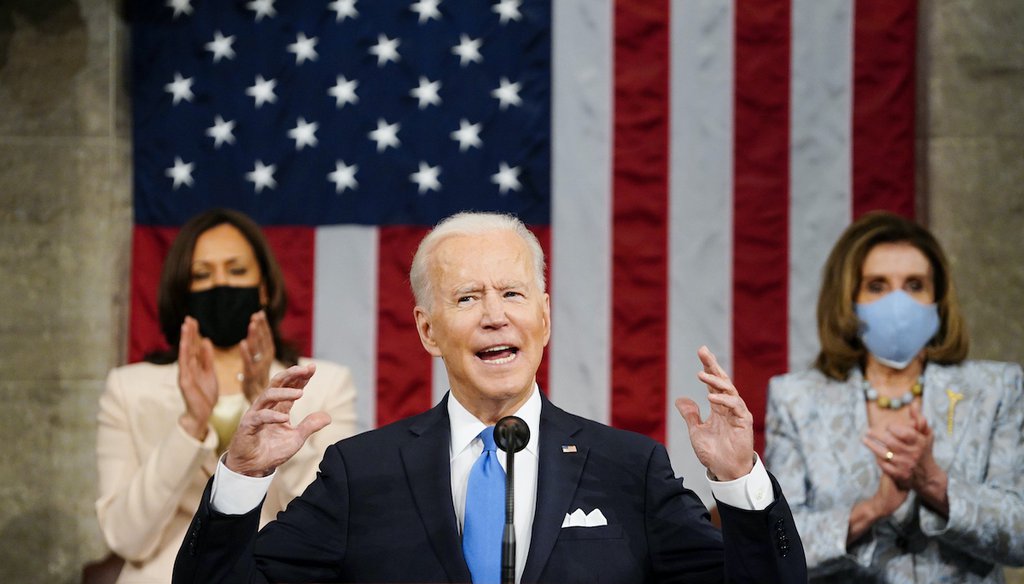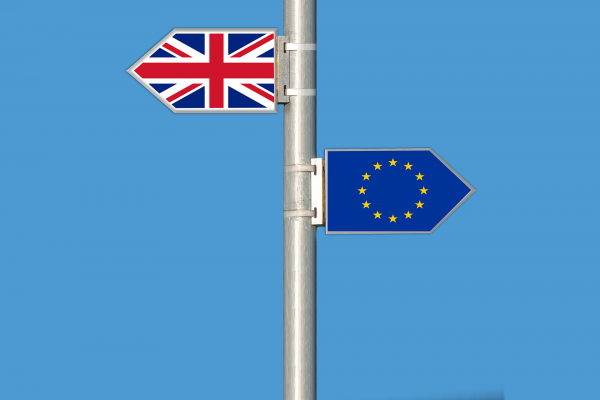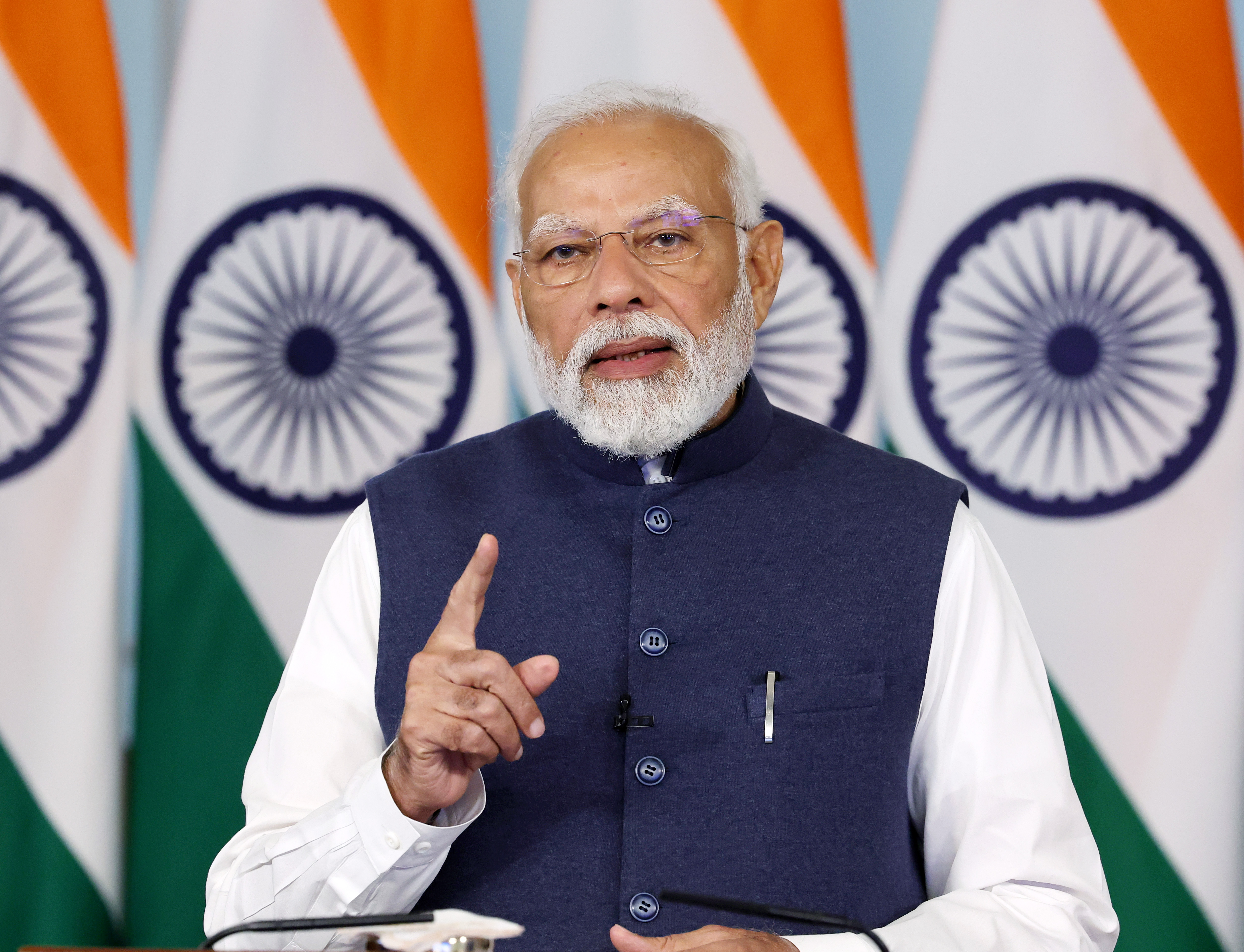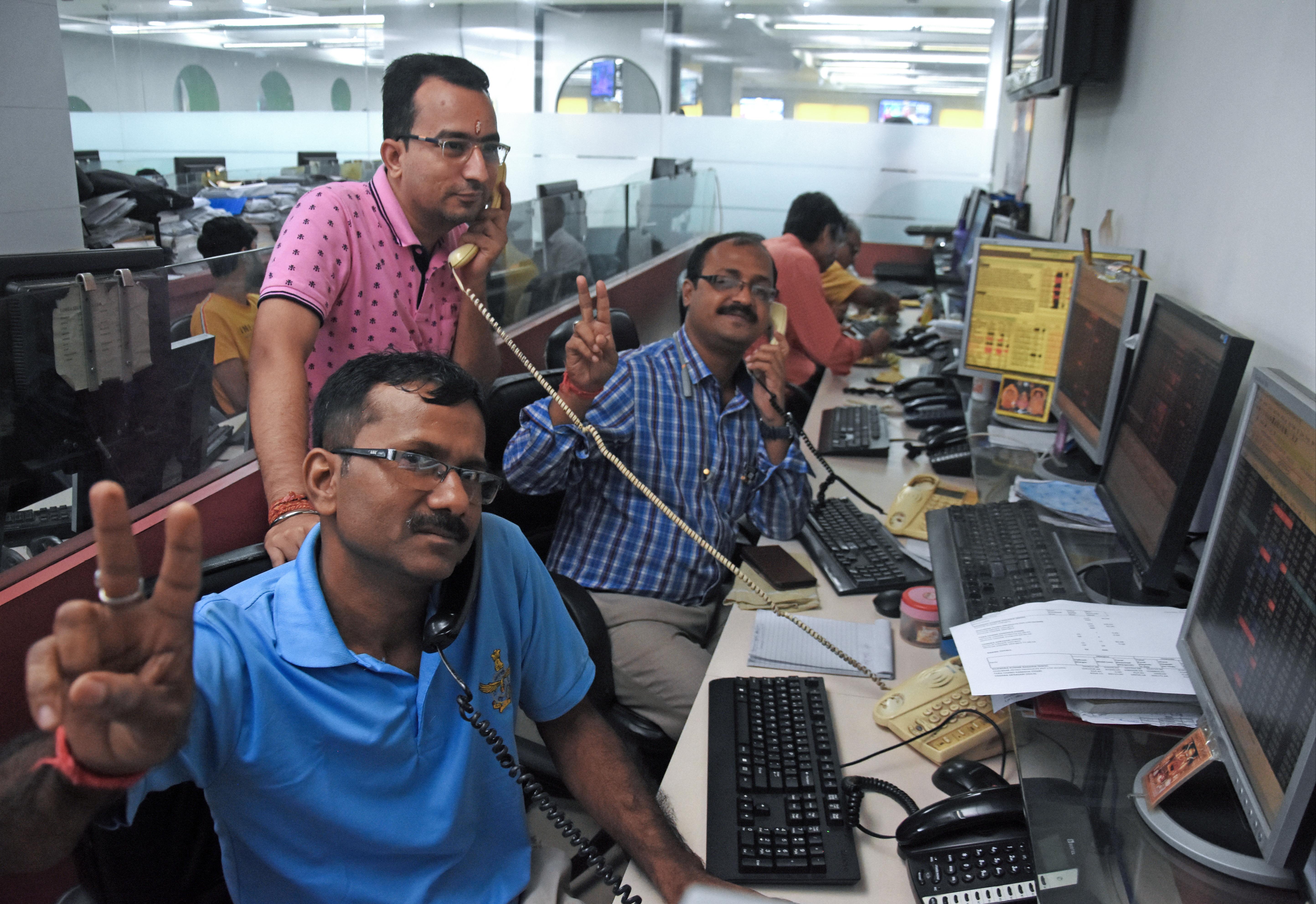Rising exports are boosting some economies in developing Asia amid strengthening global economic activity, including a rebound in manufacturing
Our Bureau
New Delhi
It may sound strange but as the pandemic gets more dangerous in India, its markets continue to rise and boom. On Thursday, after three days of continuous rise, market benchmarks sensex and Nifty ended marginally higher as monthly derivatives expired amid a largely positive trend in global equities. Metal stocks were in focus on account of sustained price increase in ferrous and non-ferrous metals. Further, Reliance Industries remained in focus for second consecutive day ahead of 4QFY21 results.
Elsewhere in Asia, bourses in Shanghai, Hong Kong and Tokyo ended on a positive note, while Seoul was in the red. Bourses in Europe were largely trading with gains in mid-session deals.
This is a sign of an economic recovery which may happen sooner than later.
Economic growth in developing Asia is set to rebound to 7.3 per cent this year supported by a healthy global recovery and early progress on coronavirus disease (COVID-19) vaccines, according to a new report from the Asian Development Bank (ADB).
The projected resurgence follows a 0.2 per cent contraction last year, according to ADB’s flagship economic publication Asian Development Outlook (ADO) 2021. The region’s growth is forecast to moderate to 5.3 per cent in 2022. Excluding the newly industrialized economies of Hong Kong, South Korea, Singapore and Taiwan, developing Asia’s economic activity is expected to grow 7.7 per cent this year and 5.6 per cent in 2022.
“Growth is gaining momentum across developing Asia, but renewed COVID-19 outbreak pose a threat to recovery,” said ADB Chief Economist Yasuyuki Sawada. “Economies in the region are on diverging paths. Their trajectories are shaped by the extent of domestic outbreaks, the pace of their vaccine rollouts, and how much they are benefiting from the global recovery.”
Rising exports are boosting some economies in developing Asia amid strengthening global economic activity, including a rebound in manufacturing.
Progress on the production and delivery of COVID-19 vaccines has contributed to this momentum, but the pandemic remains the biggest risk for the region as potential delays in vaccine rollouts or significant new outbreaks could undermine growth.
Other risks include increasing geopolitical tensions, production bottlenecks, financial turmoil from tightening financial conditions, and long-term scarring — for instance, learning losses due to school closures.
Most economies in developing Asia will see healthy growth this year and in 2022. Central Asian economies are forecast to grow 3.4 per cent on average this year and 4 per cent next year.
Strong exports and a gradual recovery in household consumption will boost economic activity in China this year. The country’s gross domestic product (GDP) is forecast to expand 8.1 per cent in 2021 and 5.5 per cent in 2022. East Asia’s GDP is expected to grow 7.4 per cent in 2021 and 5.1 per cent in 2022.
India’s economy, meanwhile, is expected to grow 11 per cent in fiscal year 2021 which ends on March 31, 2022 amid a strong vaccine drive. However, the recent surge in COVID-19 cases may put this recovery at risk.
India’s GDP is expected to expand 7 per cent in FY2022. This year, South Asia’s GDP growth is expected to rebound to 9.5 per cent following a 6 per cent contraction in 2020 before moderating to 6.6 per cent next year.
There is good news in the US too as economic growth accelerated in the first quarter, fueled by massive government aid to households and businesses, charting the course for what is expected will be the strongest performance this year in nearly four decades. Gross domestic product increased at a 6.4% annualized rate last quarter, the Commerce Department said on Thursday in its advance estimate of GDP for the first three months of the year. That was the second-fastest GDP growth pace since the third quarter of 2003 and followed a 4.3% rate in the fourth quarter.
Economists polled by Reuters had forecast GDP growth increasing at a 6.1% pace in the January-March period. The United States’ economy is rebounding more quickly compared to its global rivals, thanks to two additional rounds of COVID-19 relief money from Washington as well as easing anxiety over the pandemic, which has boosted domestic demand and allowed services businesses like restaurants and bars to reopen. The Federal Reserve on Wednesday acknowledged the burgeoning domestic activity, but the US central bank gave no sign it was ready to reduce its extraordinary support for the recovery.

























